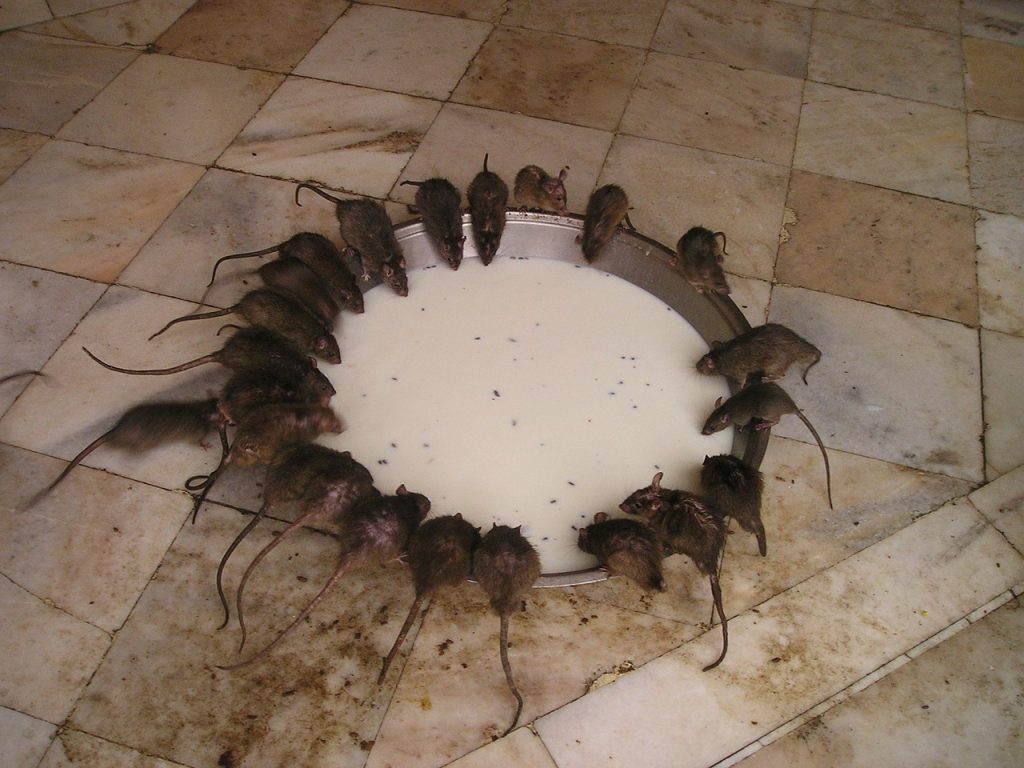Connecticut Has A Rampant Rat Problem That It Can’t Get Under Control
Connecticut is dealing with a rampant rat problem in the suburbs across the state that emerged due to the pandemic.
This article is more than 2 years old

It’s a booming season for exterminators in Connecticut as the local rat population is on the rise. Not only is the rat problem an issue in the cities—as usual—but it is becoming a concern in the suburbs as well. Like so many ills across the planet, the situation is being cited as an unintended consequence of the Covid-19 pandemic.
Dumpsters behind restaurants and stores are a primary food source for rats in both cities and suburbs. Not only do the large rodents spend a lot of time inside dumpsters, but the creatures also burrow and nest in areas surrounding garbage containers. When Covid shut down the restaurant industry, a rat problem was created as Connecticut rodents invaded homes in search of new sources of food.
According to local Connecticut pest control experts, their calls for rodent removal jumped by 25% towards the end of the pandemic and continue to rise. Rats that relocated to suburban areas of the state have now established themselves there, largely because people ate at home more often during lockdowns and produced more trash. Because rats are such prolific reproducers, they have created a serious rat problem for Connecticut’s suburbanites.
Rats can start reproducing between six and 12 weeks of age, according to Misfit Animals. Their gestation period only lasts around 21 days and females can reproduce again only 48 hours after giving birth. A litter of rats can have up to 18 pups although the average litter size is five to 10 pups.
“In ideal environmental conditions, where there are no predators and plenty of food, a pair of rats can make 482,508,800 babies in three years,” said veterinarian Iulia Mihai in the Misfit Animals article. “To this number are added the babies of their offspring for several generations.” She added that rats have high numbers of offspring because they have so many natural predators.
Connecticut residents worried about the rat problem should look for rodent activity beginning around 10 p.m. and continuing through the wee hours of the morning. Signs of a rat infestation include chewed holes in outside garbage cans, softball-sized burrow holes in the ground and along walls, and rat droppings on boxes or other stored items in garages or outbuildings. Exterminators say that you must act immediately if you see an actual rat inside your home.
According to Dr. Mihai, other signs of a rat infestation include sounds coming from inside the walls, ceiling, or floor. You may also notice chewed cables or pipes, or gnaw marks on your furniture. In the kitchen, you may see tail trails in the dust behind appliances, or even chew marks on food boxes.
In Connecticut and elsewhere, rats like to build their nests in hidden places behind walls. By the time you notice these signs, a rat infestation is already taking place. Rat control is important because rats can cause a great deal of damage, including house fires if they chew through live wires.
Normally, calls for mouse and rat problems increase in Connecticut during the fall and winter months. Not only are the rodents led inside in search of food, but they are also looking for warm places to build their nests. However, over the past year, the rat problem in Connecticut and other states has become more of a year-round issue, thanks to the impact of Covid-19.



